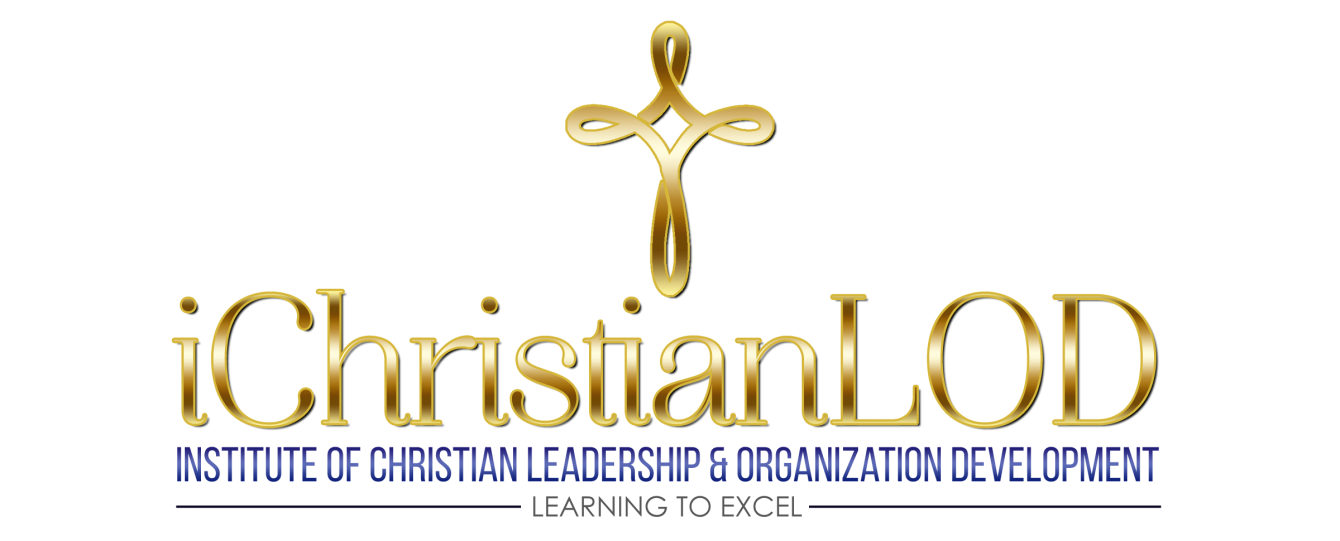The Four Most Common Forms of On-The-Job Training: Job Instruction Training, Job Rotation, Coaching and Mentoring
On-the-job training (OJT) is the most common form of employee training. It includes any one-on-one training between two employees, especially when that training is conducted at the employee’s workstation, and is often used in conjunction with off-the-job training such as manuals or computer-based learning. OJT can be formal or informal. Formal OJT is structured and planned, and typically conducted by a supervisor or trained trainer, and is considered to be more effective than informal OJT which may be conducted by any coworker. Two major advantages of using OJT are that it enhances the transfer of learning, in that trainees are able to immediately put into practice what they are learning; second, it is cost effective since the training takes place right on the job (Werner, DeSimone, 2012).
Job Instruction Training (JIT)
Job Instruction Training (JIT) is an OJT technique that outlines a five-step process for trainers. It became popular in the mid-forties when it was necessary to quickly retrain employees to produce war weapons. Today, it continues to be one of the most practical methods of attaining highly effective performance and learning, especially when resources and time are limited (ASTD, 2011). The five steps that make up JIT are:
· Preparing the trainee to learn the job;
· Breaking down the work into components and key points;
· Presenting operations and knowledge;
· Practice; and
· Follow-up (Byars, Rue, 2011).
Prior to beginning the five steps, the trainer determines the training objectives and prepares the training area, ensuring that all necessary equipment and supplies are available. The first step, preparing the trainee to learn the job, involves putting the trainee at ease, finding out how much the trainee already knows, and making sure the trainee has an appropriate attitude for learning. In Step 2, the trainer breaks down the work into segments and identifies key points, which are called tricks of the trade. Step 3 is the actual presentation of the work. Here, the trainer slowly and thoroughly demonstrates, explains, and repeats the new tasks step by step, making sure the trainee completely understands. In Step 4 the trainee repeatedly performs the job and asks questions, and lasts until the trainee is competent in his ability to perform. In the final step, the trainee is allowed to work on his own with necessary supervision that tapers off as the trainee becomes more proficient (Byars, Rue, 2011).
Job Rotation
Job rotation, also known as cross training, is another OJT technique that trains employees through the use of observation while working in a variety of departments as opposed to one. During rotation training, trainees are typically expected to learn how departments function, the department’s role in the organization, and various procedures and policies of each department. Job rotation is used primarily for three reasons. The most obvious reason is that it increases flexibility throughout the organization so that employees are able to substitute more easily when another is absent (Byars, Rue, 2011). Job rotation is also used as a tool for managers to ascertain the special abilities an employee may have. Another common use is to rotate new managers who need to gain a greater understanding of the inner-workings of the various departments within an organization (Werner, DeSimone, 2012).
Coaching and Mentoring
In today’s organizational life, it is common for training to occur by way of coaching and/or mentoring. While most people tend to use both terms interchangeably, they are similar in some respects and different in others. Both are art forms as opposed to sciences, as well as teaching tools that inspire others to self-motivate. As teaching tools, their goal is to expand the knowledge base and skills of others. Nigro (2008) refers to both as action-oriented approaches to managing the performance of employees (Nigro, 2008).
Coaching is typically a formal paid position in an organization, whereas mentoring is more likely to be a voluntary relationship. Coaches who work in the managerial realm work with goal-setting and performance plans. They work closely on a one-to-one basis with staff to improve job satisfaction, with the overall goal of impacting the company’s bottom line. A coach can also be a mentor. Mentoring, on the other hand, most often occurs in the informal role of a wise counselor who gives career advice based upon real-life experiences. Mentors desire to broaden the mentee’s job skills, world views, and understanding of human nature. They have impeccable credibility and character, and the ability to boost one up the corporate ladder (Nigro, 2008).
Conclusion
On-the-job training continues to be the most common form of employee training and development today. Whether the technique employed is JIT, cross training through job rotation, formal coaching or informal mentoring, the advantages of OJT enable companies to maximize the effectiveness of training opportunities, despite limited resources and shortened time constraints, challenges facing many organizations today.
References
ASTD. (2013). What is JIT? Retrieved on October 3, 2013 from
http://www.astd.org/Publications/Blogs/ASTD-Blog/2011/11/ASTD-Archive-Image-of-the-
Day-What-Is-JIT.
Byars, L.L., Rue, L.W. (2012). Human resource management tenth edition. McGraw-Hill Irwin.
New York, NY
Nigro, N. (2008). The everything coaching & mentoring book 2nd edition increase productivity,
foster talent, and encourage success. Adams Media, an F&W Publications Company. Avon,
MA 02322.

